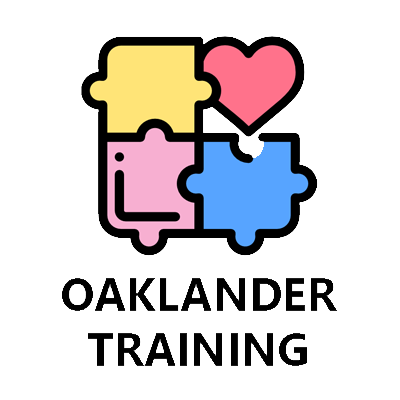My mentor, Violet Oaklander, who died September 21, 2021, and whom I’ll always miss, wrote a groundbreaking article, “The Many Faces of Anger.” [1 ]
Violet saw anger as the least-tolerated and most-misunderstood emotion. She noted that children get so many messages telling them their anger is unacceptable that they find ways to conceal it. They might retroflect anger—turn it inward as stomachaches or headaches. They might anesthetize themselves—space out to lose touch with their rage. Or they might become hyperactive to avoid feeling anything.
Interestingly, spacing out and hyperactivity are also among the faces of Attention Deficit Disorder with or without Hyperactivity. A “mental break” from focusing and an inability to sit still are classic signs of ADHD. What can be confusing is some children with ADHD tend to “overfocus” and they have difficulty leaving one task to start another. Others work so hard to compensate for their attentional deficit that they come home from a school day exhausted and cranky. All these behaviors can cause negative reactions from adults and peers. So, just as children who learned anger is intolerable try to hide it, those with ADHD also conclude that their behaviors are also unacceptable.
Learning by Failure – Diminished Sense of Self
Children and teens with ADHD are often impulsive. They make careless errors in schoolwork, blurt out uncensored remarks, interrupt others, and simply fail academically and socially. Learning through a lack of success can painfully diminish their sense of self.
Negative Beliefs about Themselves
Thus, young persons with ADHD constantly receive negative feedback which can become unconscious introjects—damaging beliefs about who they are, not just what they do. As Violet states in Hidden Treasure, children’s developmentally-appropriate egocentrism leads them to view themselves as the cause of others’ disapproval. [2] In Violet’s understanding, youngsters’ fuzzy boundaries—their immature ability to distinguish external messaging from internal being—yields a faulty, negative self-concept.
Misdiagnosed ADHD, Misunderstood Children
Many difficulties strain attention: anxiety, depression, and learning differences. Worse, even attentional improvement from stimulant medication doesn’t necessarily indicate ADHD. Children misdiagnosed on such anecdotal evidence may be even less understood and tolerated. A valid ADHD diagnosis needs to factor in testing and teacher and parent observations. These must point to widely recognized symptoms, which in turn fit demanding criteria regarding quantity, duration, number of settings, age at onset, severity, and functional impact, and must not be better accounted for by other disorders. Further, they typically fall into established categories of ADHD: Inattentive Type; Hyperactive/Impulsive Type; Predominantly Inattentive Type; Predominantly Hyperactive/Impulsive Type; or Combined Type. For good reason, diagnosing ADHD must meet a very high bar. [3]
What Children and Teens with ADHD Need
First, young people with attentional challenges require a proper diagnostic process that weighs educational testing, teacher (ideally from 2+ years) and parent comment, and behavioral observation. Those who exhibit firm indicators of ADHD need a therapy in which they will be met, and accepted, exactly where they are. Even more than for children without this profile, treatment calls for parent and teacher education. Above all, these young persons need what may be a wholly novel I-Thou therapeutic relationship of transparency and acknowledgment. In addition to this enhanced need for genuine, nonjudgmental contact, such children and teens must be offered healthy modes for expressing aggressive energy, and flexible accommodation to their attention span. In sum, therapists need to respect the many masking faces of ADHD in order to reveal the true faces of their young clients.
References
Oaklander, V. The Many Faces of Anger
Oaklander, V. (2006). Hidden treasure: A map to the child's inner self. London: Karnac.
“ADHD: attention deficit hyperactivity disorder,” in Diagnostic and Statistical Manual of Mental Disorders, 5th edition (2013, American Psychiatric Association).
